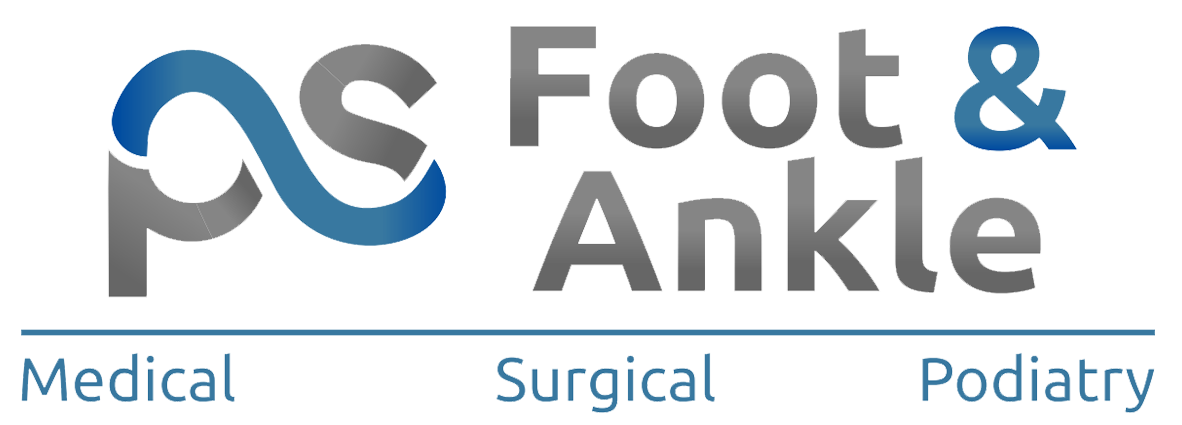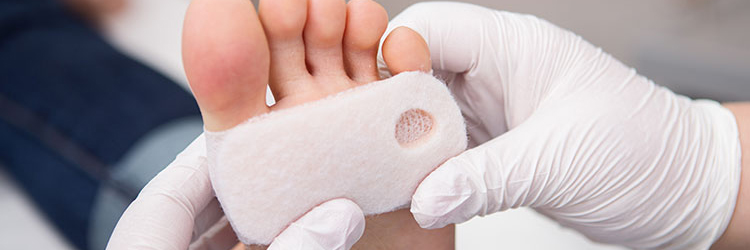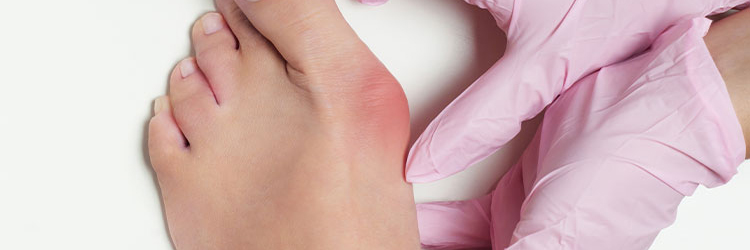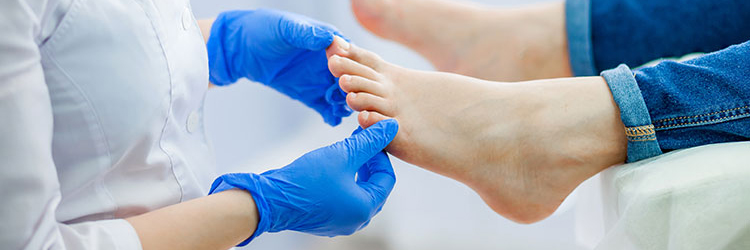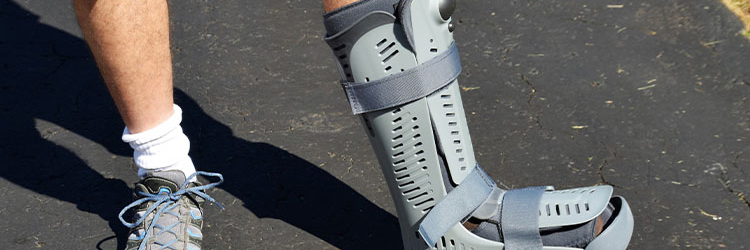Fat Pad Atrophy
What is fat pad atrophy of the foot?
Fat pad atrophy in the foot is a condition in which the natural cushioning or padding in the ball of the foot (located just behind the toes) wears away or thins out.. This padding is made up of fat and connective tissue and helps to absorb shock and protect the bones and joints in the foot during movement.
As the fat pad thins out, the bones in the foot become more exposed, which can lead to pain, discomfort, and even injury. Fat pad atrophy is commonly seen in people as they age, but it can also occur in people who have experienced trauma to the foot or have certain medical conditions such as diabetes or rheumatoid arthritis. Symptoms of fat pad atrophy may include pain, tenderness, and a feeling of walking on hard or uneven surfaces.
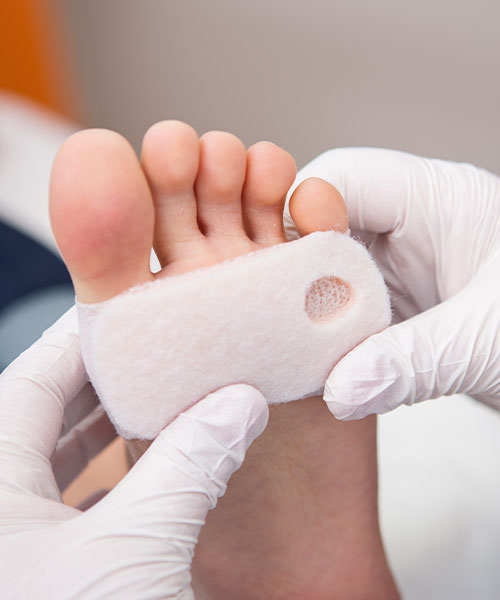
What are Fat Pad Injections?
Fat pad injections for the foot involves injecting a substance, such as hyaluronic acid or corticosteroids, into the ball of the foot to help alleviate pain and discomfort caused by fat pad atrophy. Hyaluronic acid injections may help to improve the thickness and elasticity of the fat pad, while corticosteroids can help reduce inflammation and swelling. The injections are typically done on an outpatient basis and may be done under local anesthesia. Most patients are able to fully walk and resume most activities following the injection, with appropriate caution and care to the injection site. The effect of the injection will be gradually seen in the two weeks following the injection. The injection aims to recreate the natural cushioning of your foot to eliminate pain.
Other treatments for fat pad atrophy may include using supportive footwear or custom orthotics, cushioning pads or inserts, physical therapy exercises, or surgery in severe cases. The most appropriate treatment plan will depend on the severity of the condition and the individual’s overall health and medical history.
Come in for an evaluation if you seem to suffer from fat pad atrophy and have notable pain at the ball of your foot. Our foot and ankle surgeon will comprehensively evaluate
What are some Bunion Symptoms?
- Persistent pain and soreness of the foot (and sometimes the ankle)
- Inflammation and redness around the big toe joint
- Corns or calluses in between the first and second toes
- Burning / Possible numbness
- Noted pain and irritation more often with tight toe box or stiletto high heels – long periods in these type of shoes will aggravate symptoms.
What are some conservative treatment options for bunions?
This all depends on the severity of your bunion. Sometimes observation, change in shoe gear (wider shoes) and periodic radiographic evaluation by your surgeon is advised. Padding over the bunion (such a bunion shield) is another type of modalities that can help minimize pain (note it will not prevent the bunion, but will provide some relief in symptoms). Orthotics are also a useful investment to reduce the chance of metatarsal migration, joint damage and provide comfort while walking. Furthermore activity modifications, physical therapy sessions, body habitus, icing, anti-inflammatory medication and local corticosteroid injections may help with your bunion deformity and its progression.
When would I need surgery for my bunion?
If all of the above nonsurgical treatments options fail to relieve bunion pain and the bunion deformity is interfering with your daily activities, it is certainly time to discuss surgical options with our foot and ankle surgeon. Together we can decide which type of bunion surgery is best for you in reducing the pain and deformity. In selecting the procedure(s) the the foot and ankle surgeon will take into consideration the extent of your bunion based on the x-ray findings, your age, your weight, your activity level and other factors. The length of the recovery period will vary, depending on the procedure or procedures performed.
It is important to discuss the risks and benefits of surgery with your doctor to make an informed decision about your treatment plan. Come in for a consultation at PS Foot and Ankle and we can provide a personalized individual plan.
